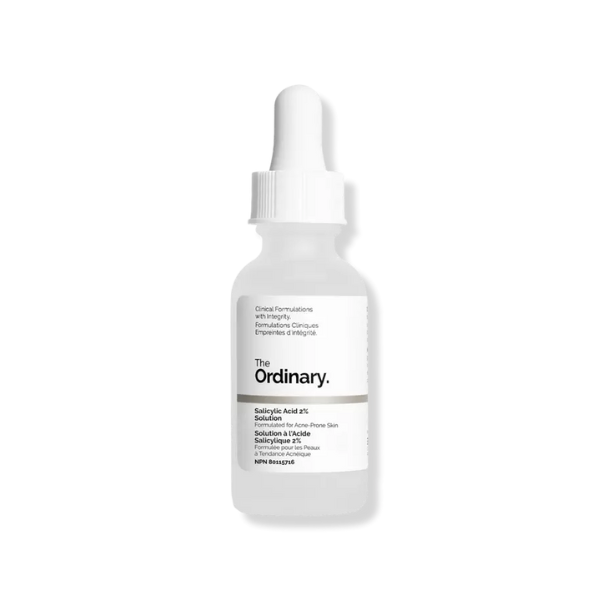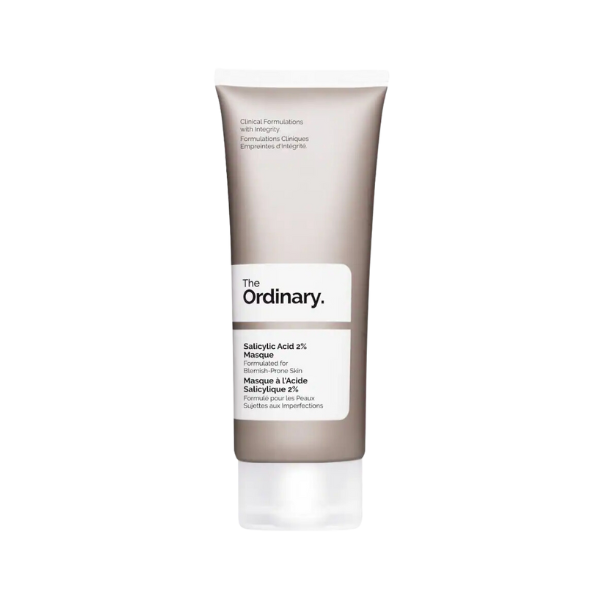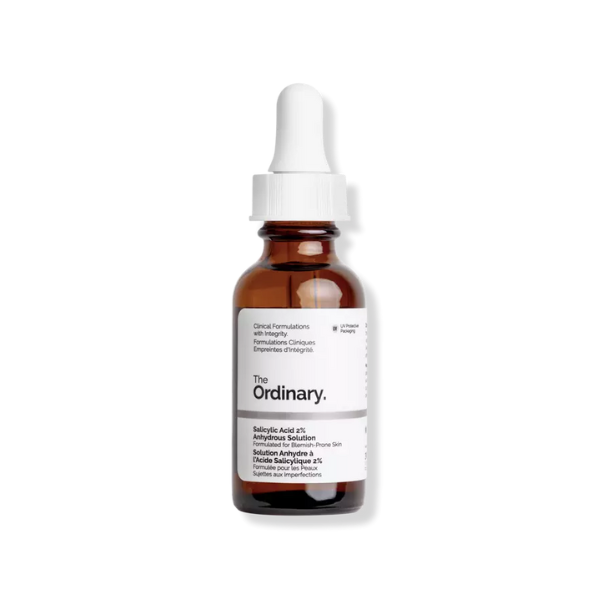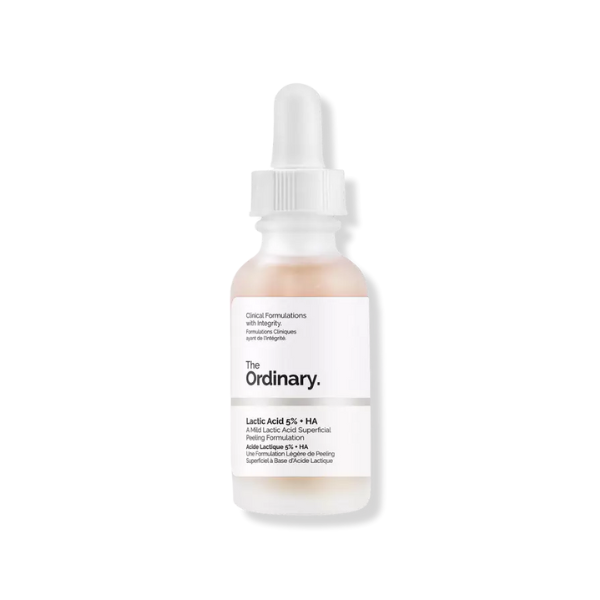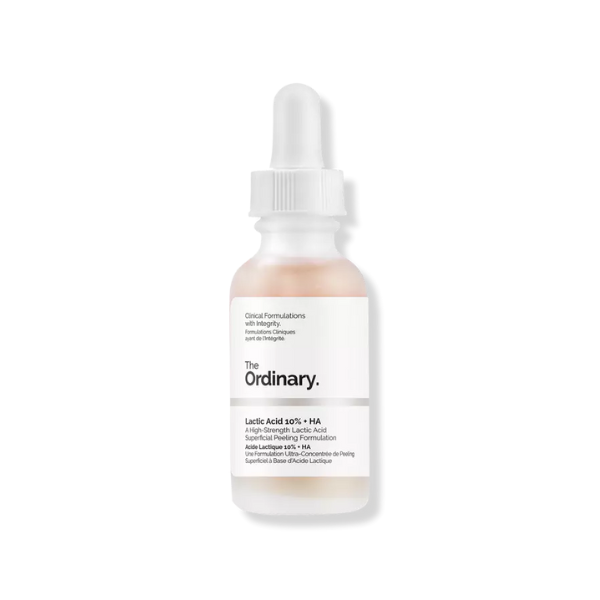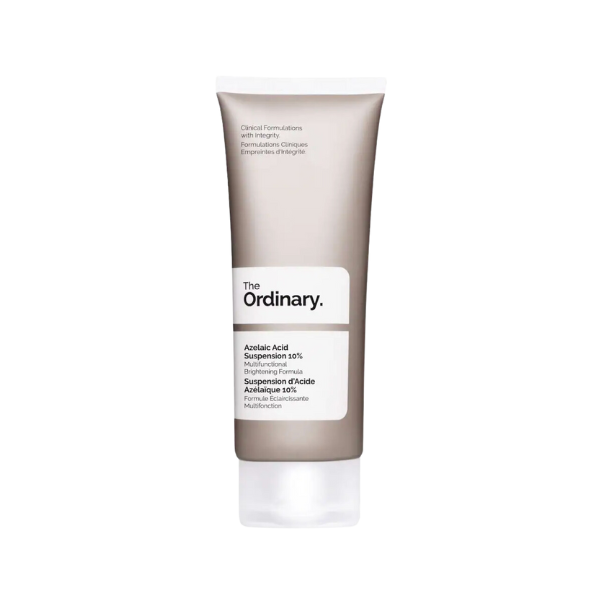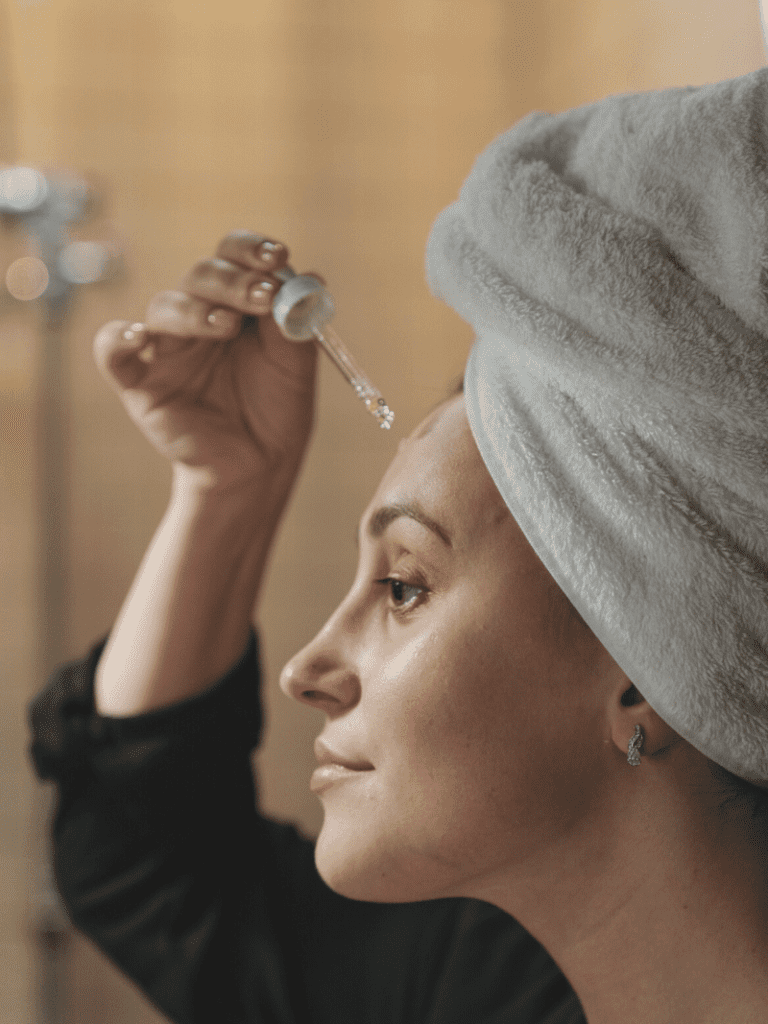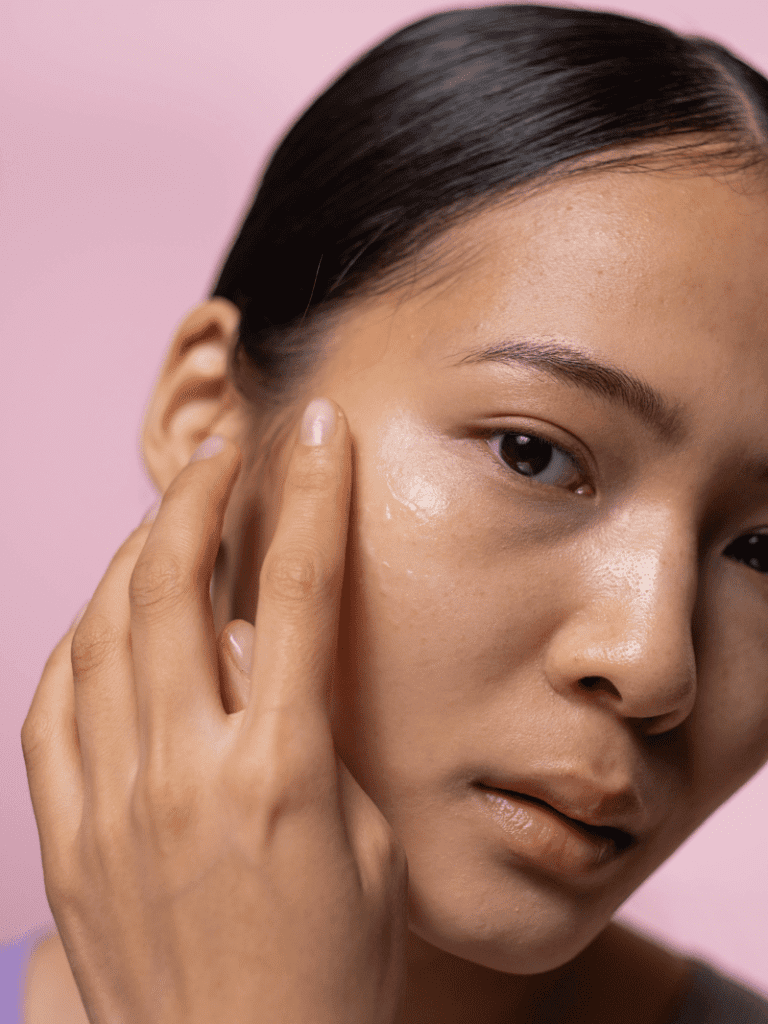Acne, the pesky skin condition that affects millions of people every year. We’ve all been there – trying every product and remedy under the sun to achieve clear and blemish-free skin so we can feel more confident. But what if the solution to our acne woes lies in acids? Yes, you heard it right – acids. Before you cringe and run in the opposite direction, let me tell you that not all acids are going to burn you or harm you in any way. In fact, some acids are actually beneficial for treating acne and improving overall skin health. Here we will explore how acids can help you achieve a blemish-free complexion, the best acids to treat acne, their benefits, and how to safely incorporate them into your skincare routine. Say goodbye to acne and blemishes and hello to a glowing, acne-free complexion.
How Do Acids Help Treat Acne?
Acids have revolutionized the way we treat acne, proving to be an effective and efficient solution. Unlike traditional treatments like benzoyl peroxide that targeting acne-causing bacteria, acids work by reducing redness and inflammation, unglogging pores, and promoting the regeneration of new skin cells. However, the key to unlocking the full potential of acid treatments lies in identifying the right type of acid suitable for your skin type and the severity of your acne. This is crucial to not only ensuring maximum efficacy but also preventing potential adverse side effects.
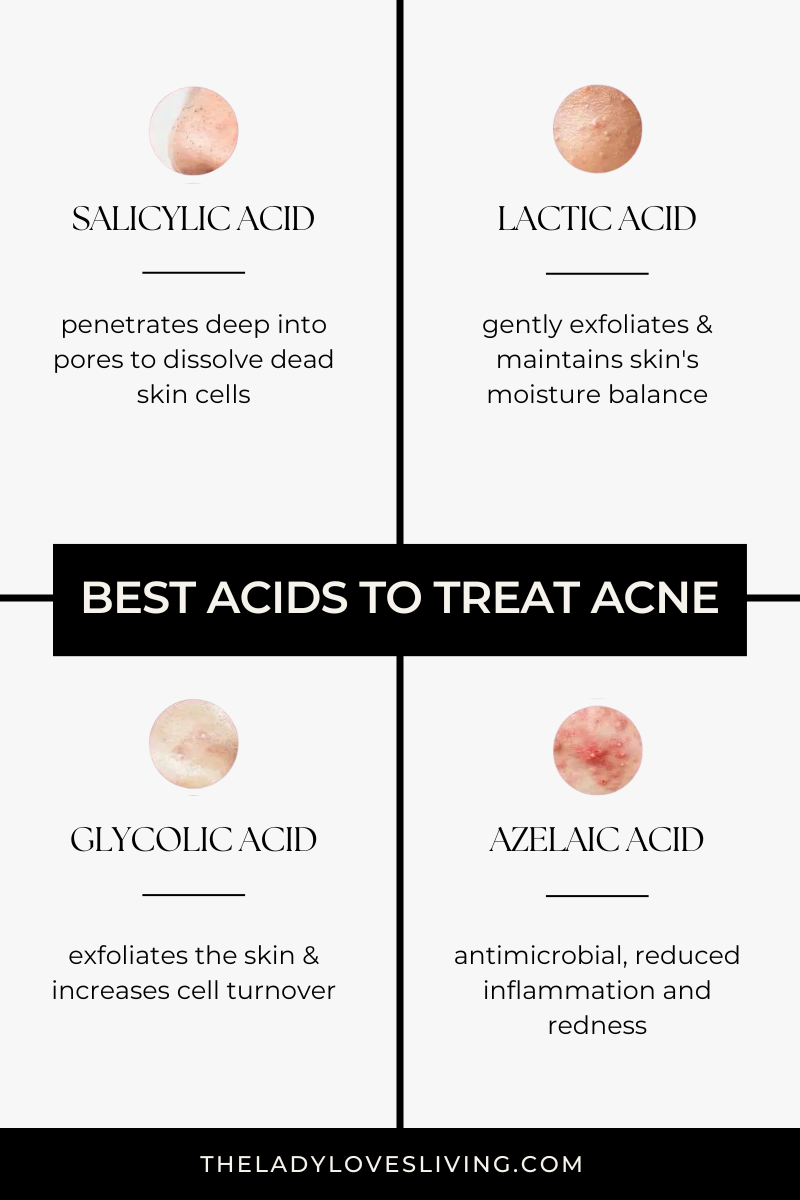
What Are The Best Acids for Treating Acne?
Salicylic, glycolic, azelaic, and lactic acids are the ultimate quartet of acne-fighting powerhouses. Depending on what your skin needs, these ingredients work proficiently to unclog pores, reduce inflammation, and accelerate skin cell turnover. When used correctly and consistently, these acids can revolutionize your skincare regimen. I’ll get into the details about how each of these acids works, what skin types they are best for, and what kinds of products you can find them in, but first, it’s important to know the difference between the types of acids these are to understand more about how they work. That way you can choose which one might work the best for you.
AHA vs BHA
Alpha Hydroxy Acids (AHAs) and Beta Hydroxy Acids (BHAs) both work towards the common goal of healthier, clearer skin, but they do it in subtly different ways that can be tailored to your unique skincare needs. AHAs are water-soluble and work on the skin’s surface, gently exfoliating to brighten your complexion and reduce the appearance of wrinkles. They are great for dry skin as they help to peel away the top layer of skin, revealing fresher, new skin underneath. On the other hand, BHAs are oil-soluble, which means they can penetrate deeper into your pores and work from within. They target problems such as blackheads and acne by unclogging the sebum and dead skin cells that block your pores.
Salicylic Acid
Salicylic acid, a potent BHA, is a highly effective acne treatment. Available in concentrations ranging from 0.5% to 2%, it penetrates deep into the pores to dissolve the ‘glue’ that binds dead skin cells to help remove dirt, debris, and buildup that can lead to acne. The unique deep-penetrating properties of this BHA make it a useful tool in the fight against acne, ensuring the thorough cleansing, and subsequent health, of your skin’s pores.
Lactic Acid
Acting as a powerful ally in the battle against acne, lactic acid, an AHA, plays a dual role in skincare. This potent ingredient is renowned for its hydrating properties and typically comes in strengths ranging from 5%-10%, making it best suited to those with sensitive skin types. Found in a variety of skincare products, such as serums and toners, lactic acid goes beyond simply clearing pores. It gently exfoliates the skin, sloughing off dead skin cells and unclogging blocked pores, reducing the likelihood of breakouts. Yet, unlike some harsher acne treatments, it maintains the skin’s moisture balance throughout this process. This unique ability to hydrate while exfoliating makes lactic acid an excellent choice for those prone to acne and dryness. Its dual action leaves skin clearer, smoother, and perfectly hydrated.
Glycolic Acid
Glycolic acid, an AHA, is a front-runner in the fight against acne. This lightweight AHA has the smallest molecular size amongst its peers, enabling it to penetrate the skin quickly and effortlessly. It operates most effectively in concentrations up to 10%, making it a safe yet powerful ingredient. Its primary function is to exfoliate the skin, stripping away dead cells, and promoting the growth of fresh, new cells. This process effectively unclogs pores, preventing the formation of acne. Glycolic acid’s versatile nature makes it a common ingredient in a wide range of skincare products such as cleansers, toners, and exfoliants, making it an integral part of an effective acne treatment regimen.
Azelaic Acid
Contrary to most acne treatments, azelaic acid is neither an AHA nor a BHA. Instead, it works by leveraging its antimicrobial and anti-inflammatory properties, proving to be highly effective against inflammatory acne. It is often found in concentrations up to 20% in a myriad of skincare products, ranging from creams and gels to foaming formulas. Its broad-spectrum effectiveness combined with its tolerability makes azelaic acid a go-to choice for many seeking relief from persistent acne no matter your skin type.
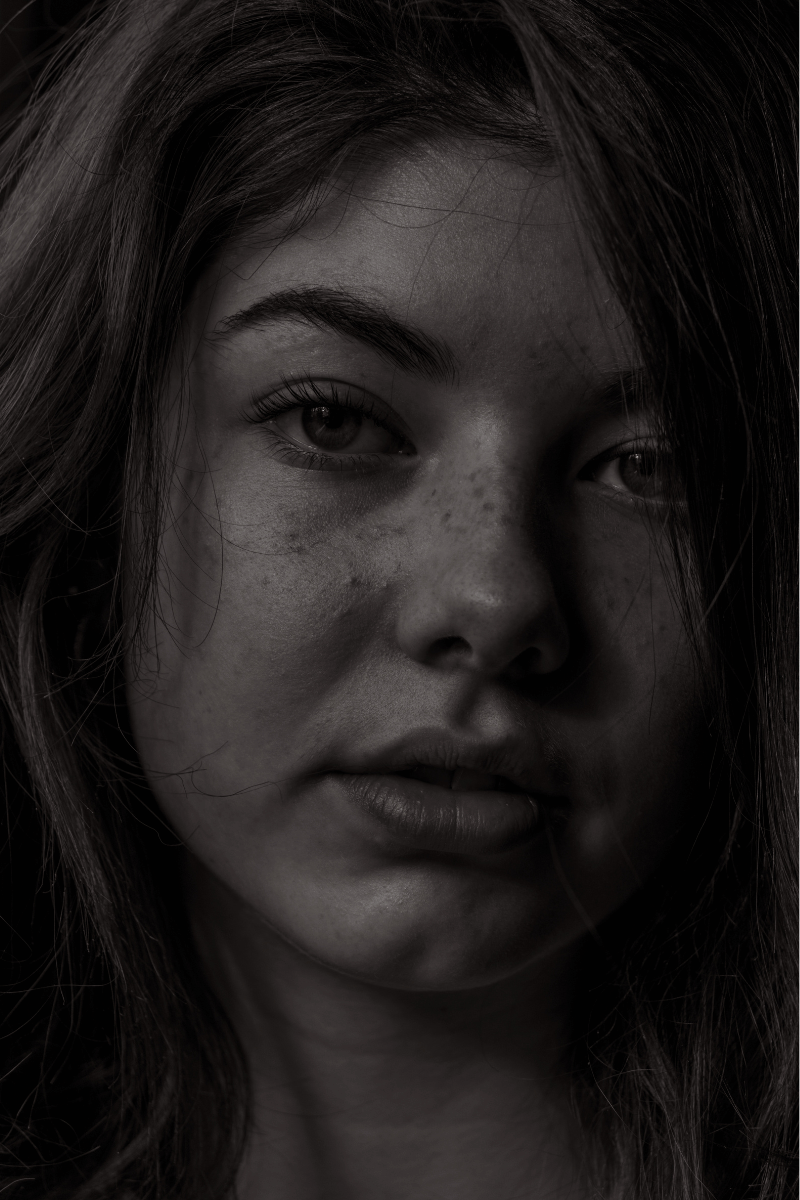
Using Acids Safely and Effectively
Acids, when used properly, can be a powerful ally in your battle against acne. For those new to using acids or those with sensitive skin, starting slowly is key. Begin with a low-concentration product and gradually work your way up, always giving your skin ample time to adjust. It’s crucial to resist the urge to overuse these products as this can lead to skin irritation or damage. It’s equally important to always thoroughly cleanse and prep your skin before application to maximize benefits and to moisturize afterward to maintain your skin’s natural barrier. Don’t skip sun protection either, as acids can make your skin more sun-sensitive. Most importantly, always follow the instructions on the product packaging because they are specifically designed to ensure safe and effective use. Misuse can lead to severe complications, so be sure to heed their advice to gain the benefits without the risks.
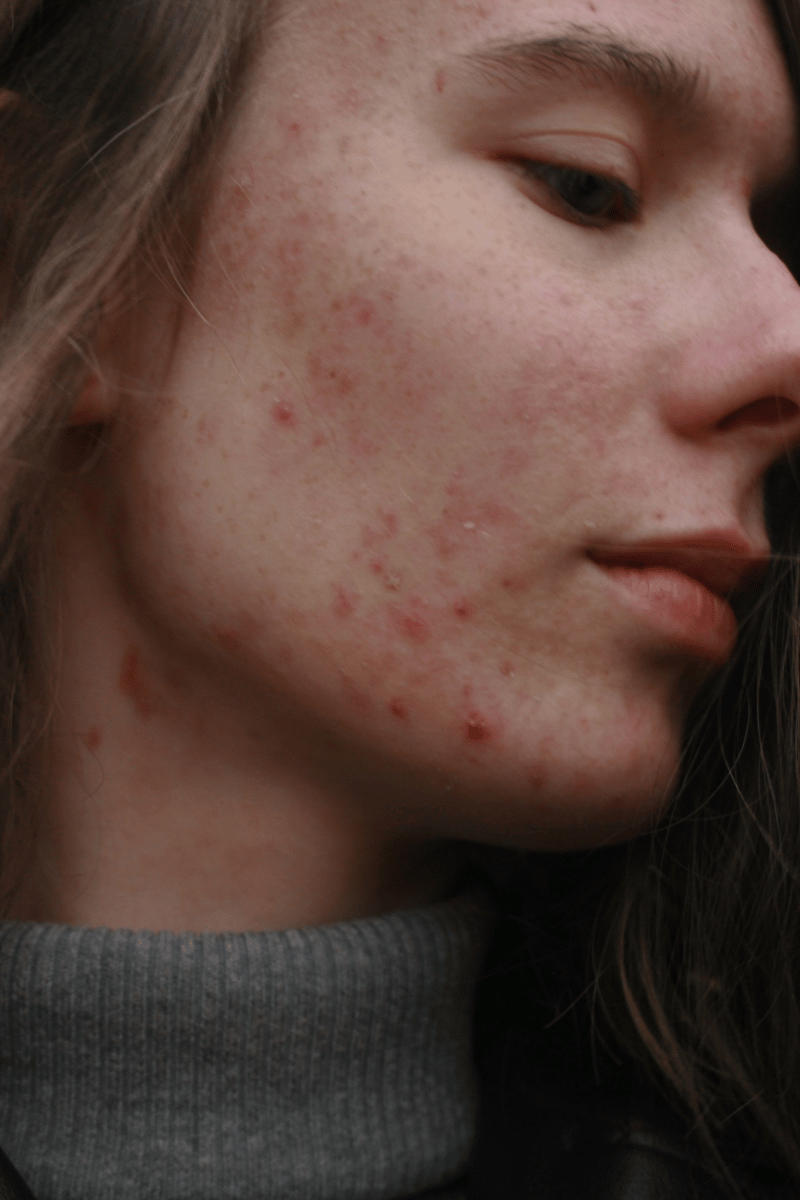
How to Tell if Your Skin Barrier is Damaged
Even if you are following the product instructions you still might irritate your skin. A healthy skin barrier is the frontline defense against a lot of skin issues, not just acne. Common signs that your skin barrier might be compromised include persistent redness, dryness, and acne breakouts. These symptoms may indicate that your skin is not adequately defending against dirt, bacteria, and other external stressors, thereby aggravating acne. Before incorporating acids into your acne treatment routine, it is vital to repair your damaged skin barrier. This can be achieved by adopting a gentle skincare regimen, keeping your skin well-hydrated, and avoiding harsh skin care products. This not only strengthens your skin’s defense mechanism but also ensures your skin is in optimal condition to respond effectively to acne treatment.
If you have been using strong cleansers and scrubs to try to treat your acne or have incorporated AHAs and BHAs and notice the signs of skin barrier damage, take a break. Switch to a gentle cleanser, a hydrating toner, and a basic moisturizer for 2 to 4 weeks before incorporating low concentrations of any potent ingredients. Make sure you’re using SPF as well.
My Favorite Acids To Treat Acne
If you’ve seen some of my other skincare posts you’ll know that I am a big fan of products from The Ordinary. They are potent and effective without having a huge price tag. I’ve used them for years to treat my skin and I think they’re an awesome way to get started using clinical skincare without breaking the bank.
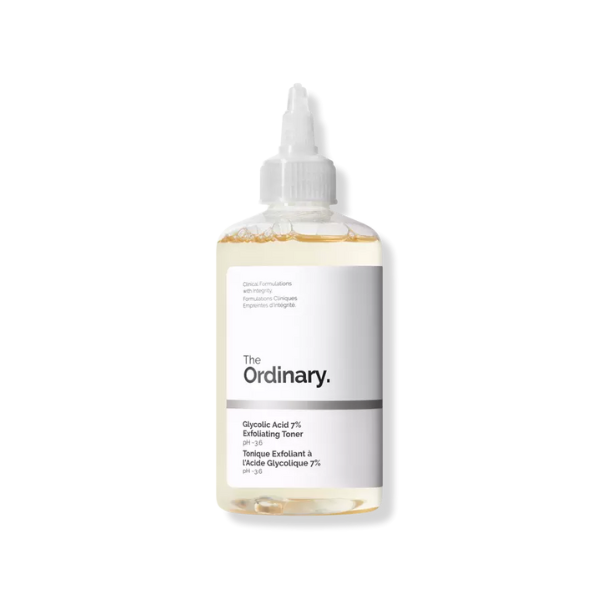
Glycolic Acid 7% Exfoliating Toning Solution
This is one of my favorite skincare products. I use it every other night on my face neck, decolletage, shoulders, and sometimes on my legs to help keep all of them clear. I love how lightly splashing this product on my body feels like a luxury and I also love that its price point is incredibly approachable.
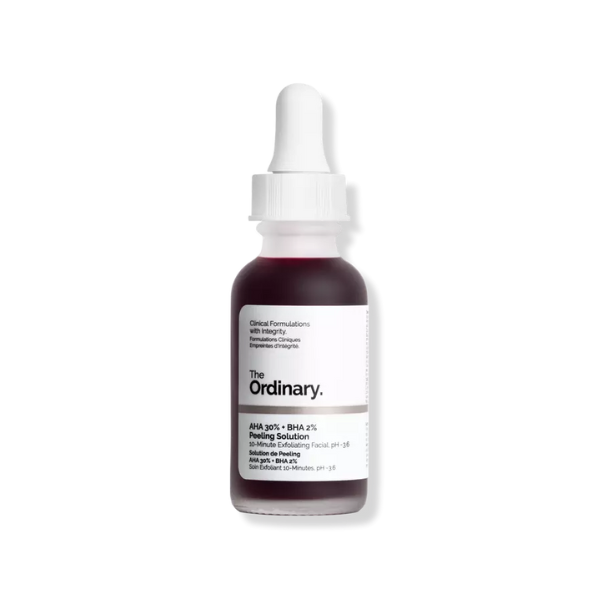
AHA 30% + BHA 2% Exfoliating Peeling Solution
I use this potent exfoliating peel once every other week. I don’t reach for it often so I don’t damage my skin barrier. It’s a little scary to use because of its blood-like color and texture, but it works wonders with consistent use. If you aren’t used to using acids don’t start here. Work your way up to this one.
Other Acne Treatment Products from The Ordinary
The content provided in this article is provided for informational purposes only and is not a substitute for professional advice and consultation, including professional medical advice and consultation. It is provided with the understanding that we are not engaged in the provision or rendering of medical advice or services. The opinions and content included in the article are the views of the author only, and we do not endorse or recommend any such content or information, or any product or service mentioned in the article. You understand and agree that we shall not be liable for any claim, loss, or damage arising out of the use of, or reliance upon any content or information in the article.
You May Also Like
Learn more about skincare to have the best skin of your life:


